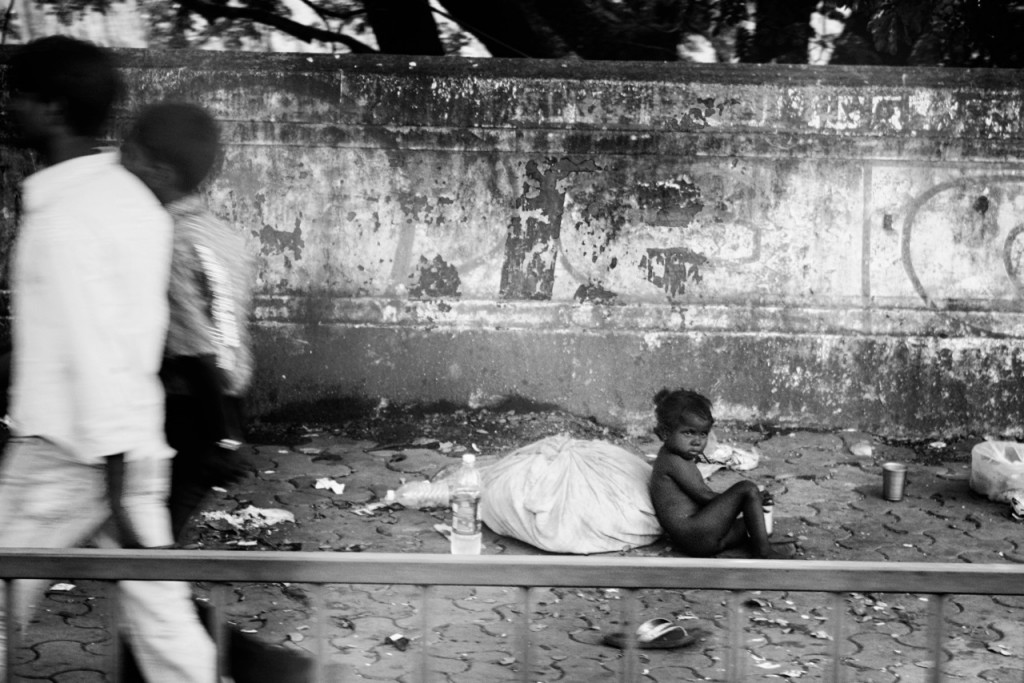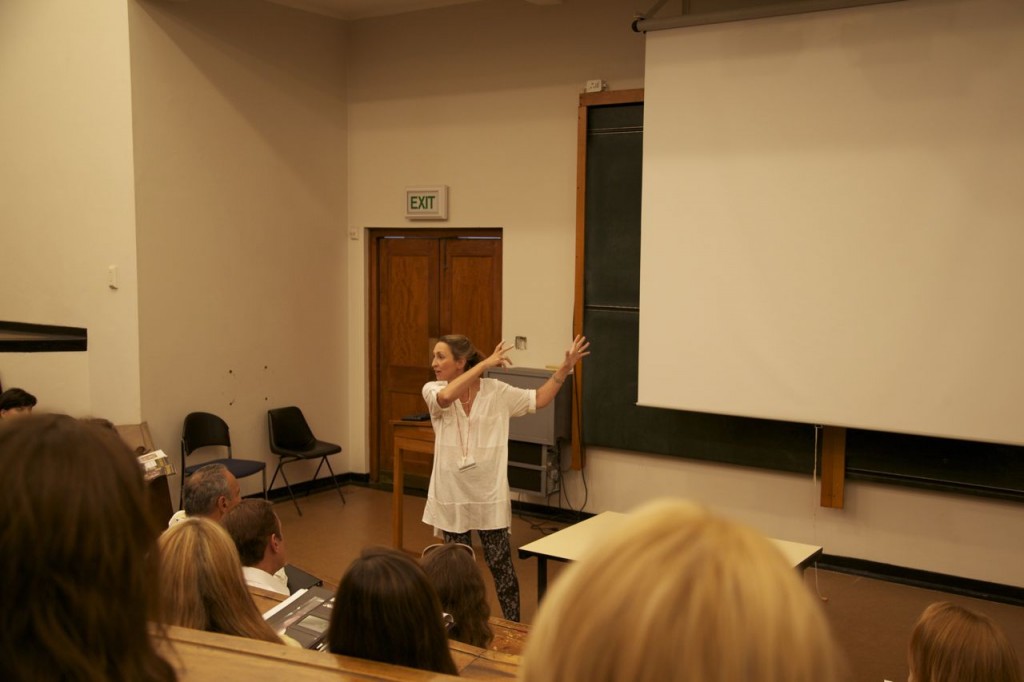If Walmart Paid Its Employees a Living Wage, How Much Would Prices Go Up?
In the series “The Secret Life of a Food Stamp,” Marketplace reporter Krissy Clark traces how big-box stores make billions from the federal Supplemental Nutrition Assistance Program, aka food stamps. What’s more, the wages of many workers at these stores are so low that the workers themselves qualify for food stamps—which the employees then often spend at those big-box stores.
This video crunches the numbers on how much Walmart, the single biggest beneficiary of the food stamp economy, might have to raise prices across the board to help a typical worker earn a living wage.
A note on methodology: Eligibility for food stamps varies according to income, number of dependents, and other factors. This estimate of Walmart’s potential cost from raising wages is based on wages for a Walmart employee with one dependent working 30 hours a week, a typical retail worker based on federal data.
Beautifully presented.


